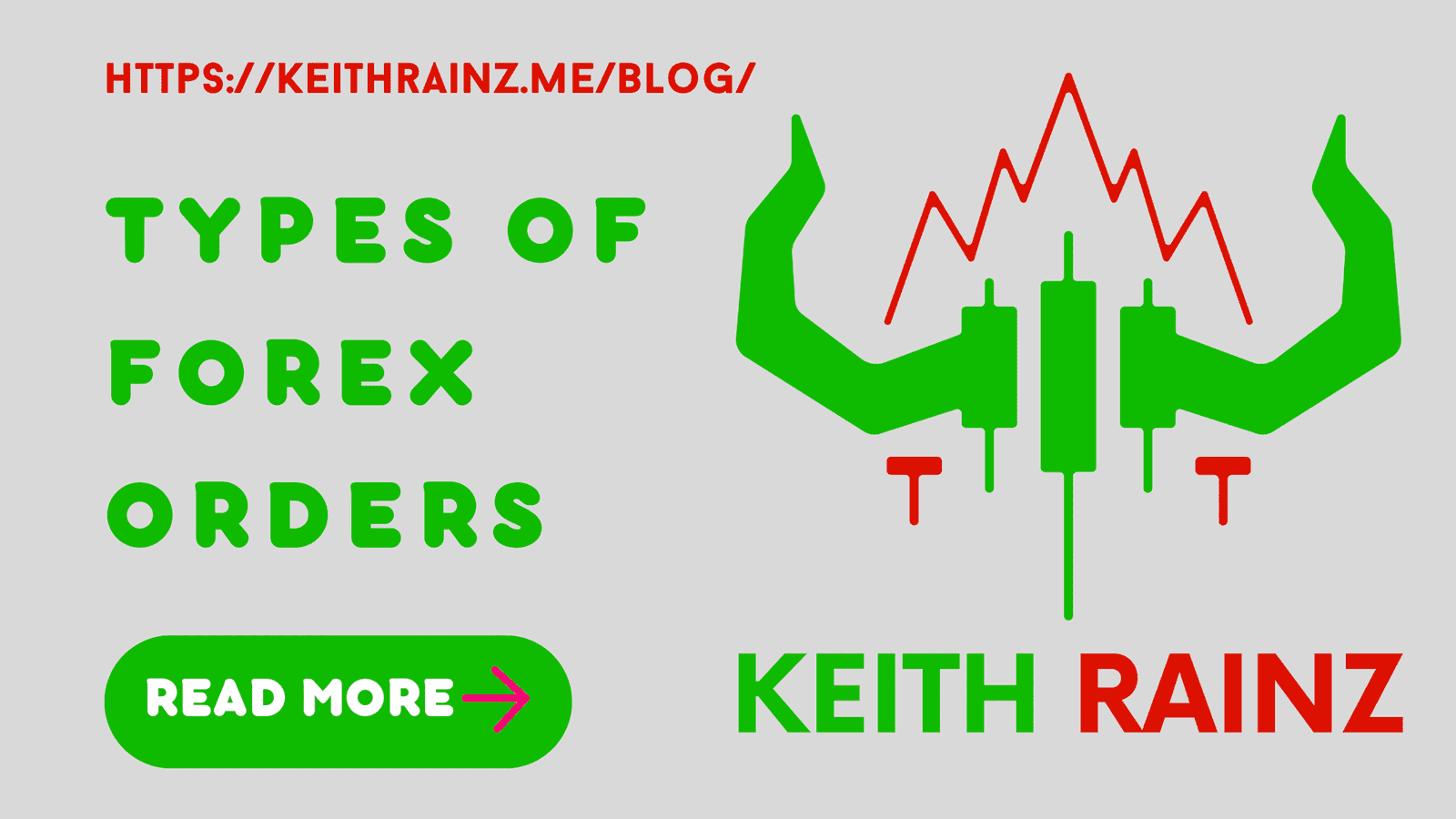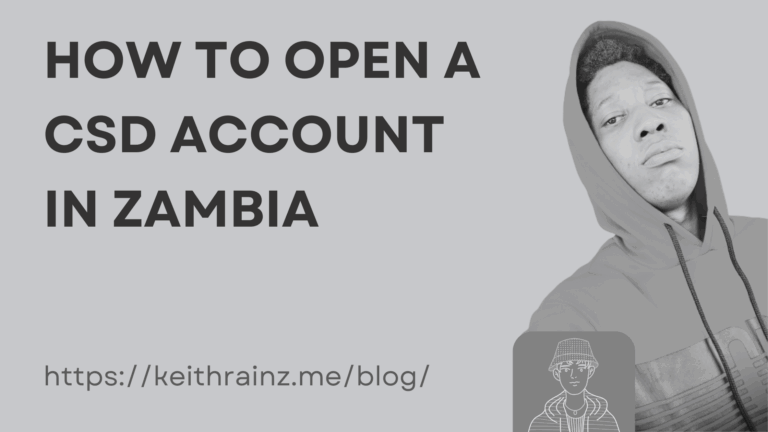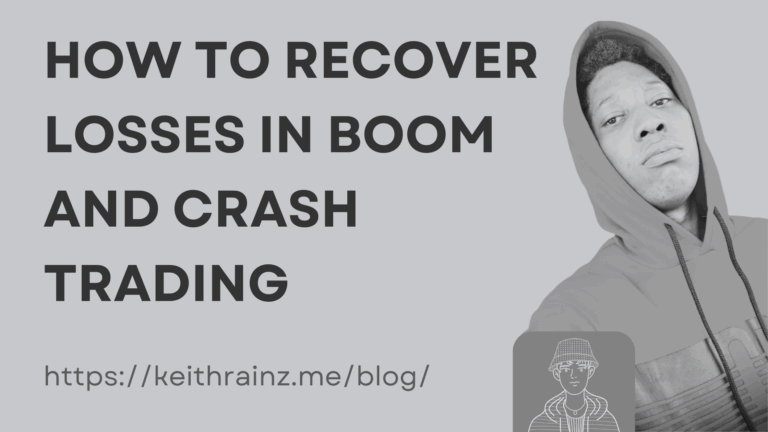Studying the many sorts of forex orders you can execute is an important part of learning forex. Different foreign currency brokers will execute orders in different ways, but they will all offer the same types of orders. If you’re not sure how they function, use the information in this article to practice using a forex demo account to gain a better understanding of which order types work when.
1. Market Orders
Market orders are buy and sell forex orders that are placed at the current market price. They are the simplest to carry out and the ones you will utilize the most frequently. More information can be found in online broker evaluations, however most firms allow you to place market orders directly from a chart.
2. Limit Orders
Orders to purchase or sell a currency at a specific price are known as limit orders. You can choose a price that is either higher or lower than the current market price. The order will be executed when the market price increases or falls to your limit order price.
Limit forex orders are divided into two categories: good until canceled and good for the day. Orders that have been canceled remain still valid until the trader cancels them. The trader is responsible for canceling the order; else, it will remain active indefinitely. Orders that are good for the day are valid until the end of the day. Because the forex market is open 24 hours a day, you or your broker can specify when the order will be cancelled.
3. Stop Loss Orders
Orders to sell below the current market price are known as stop loss orders. They’re designed to keep your losses to a minimum if the market turns against you. Stop loss orders are an important aspect of any forex strategy and are used to manage money and risk. You won’t be in the market for long if you don’t learn how to use them properly.
Slippage is the most common issue with stop loss orders. When the spot price of a currency swings past the price you set to sell, this is known as slippage. Your order “slips,” and you lose a few pips until it is processed. Some foreign exchange brokers have better slippage statistics than others, so browse online broker reviews to identify the finest ones.
4. Take Profit Orders
Stop loss forex orders are the polar opposite of take profit orders. They are put above the current market price, and when it hits that price, they will sell the currency to benefit from your order.
These are also an important aspect of any forex strategy, and you must be able to apply them effectively. The majority of take profit orders do not sell the entirety of your position. To make a profit, you’ll sell a piece of your holding. They will help you manage your risk and benefit the most from your winning trades while losing the least amount of money when you make a bad transaction when used in conjunction with stop loss orders.
5. The One Cancels the Other Orders
A combination of a limit order and a stop loss order, one cancels the other, or order cancels order, trades. You put two orders, one above the current market price and the other below it. If one of the orders is carried out, the other is revoked. The main benefit of this form of order is that it allows you to conduct business without having to keep an eye on the market. If the market increases, you will profit, but if it falls, you will be able to restrict your losses using a stop loss.
Due to concerns about market manipulation, U.S. citizens are not permitted to conduct these trades.
Understanding when to execute these various sorts of orders is critical to your success as a foreign exchange trader. If you’re still not sure how to use them, open a demo FX account to experiment without jeopardizing any of your own money.







